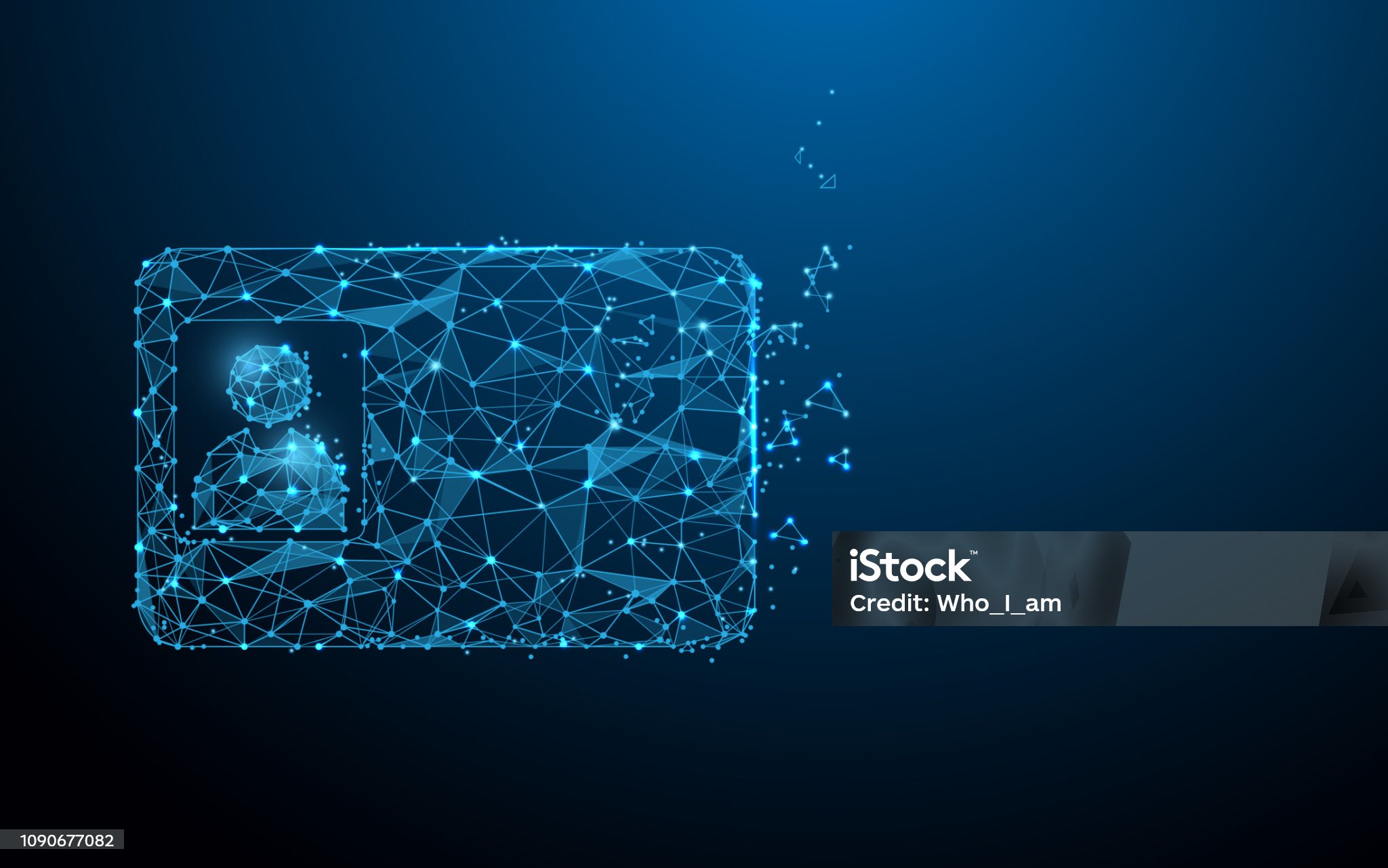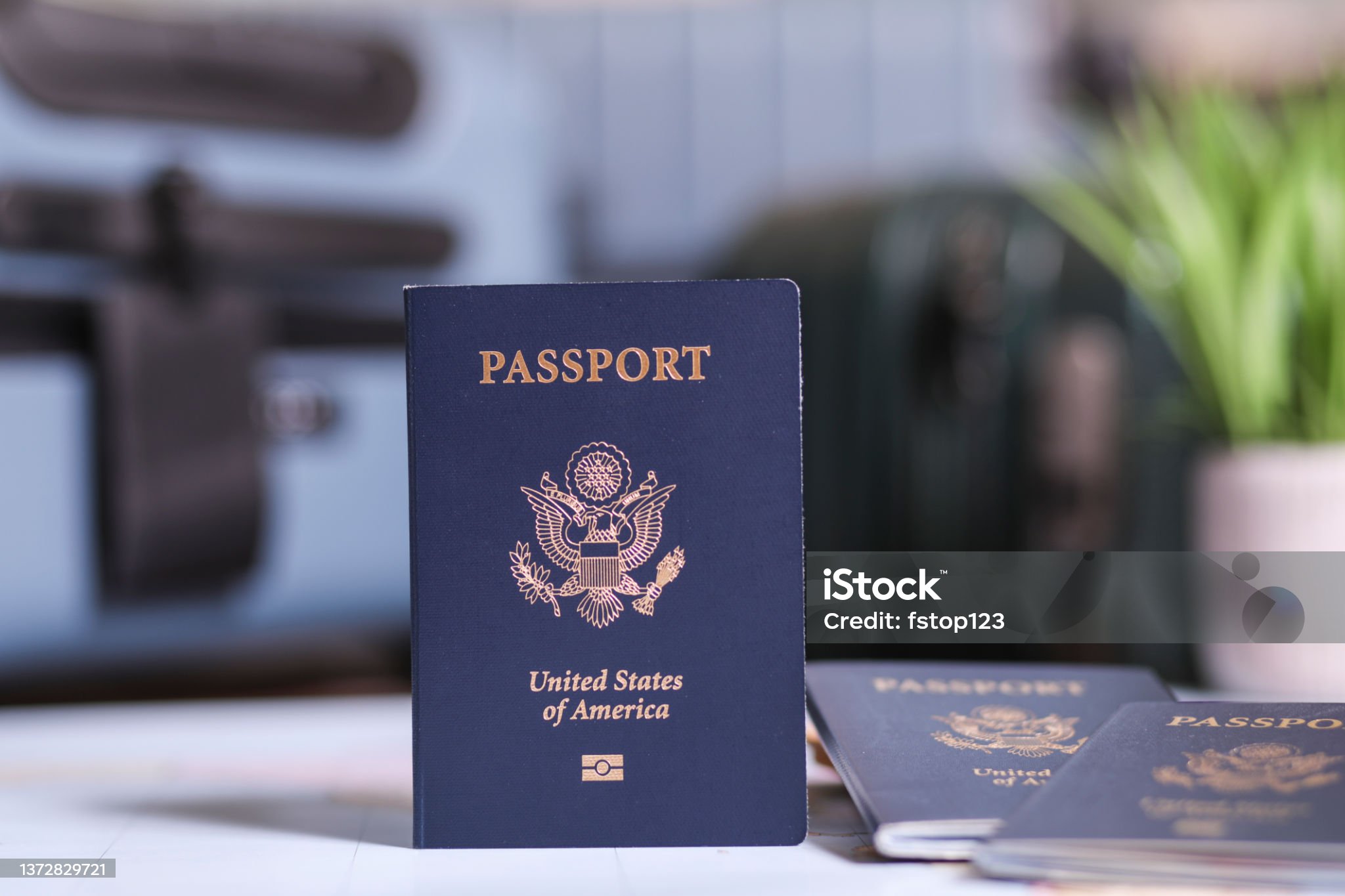In-Depth Analysis about Governing Laws and Technological Advancements for Global ID Systems
In-Depth Analysis about Governing Laws and Technological Advancements for Global ID Systems
Blog Article

1. Overview of Identification Documents
Personal identification documents are crucial for both individuals and society. They act as "permissions" and "access passes," meaning society functions smoothly only when they are available and universally accepted. Various types of identification documents exist, with each fulfilling a unique role. For example, a copyright is considered valid proof of the right to operate a car, and a copyright proves citizenship and allows entry into the country. These documents are highly valuable on a personal level and are key to completing various contracts, for example, when applying for a job, accessing services, purchasing insurance, or renting a vehicle. Many times, financial institutions might wish to view such documentation if the borrower appears unreliable or does not have a very strong credit history. These documents function as both identity verification and legal authorization to operate financially or otherwise.
Identification documents have not always been an essential part of daily life, as they are today. The importance of these documents has grown alongside changes in security measures and legal requirements. Advances in information technology allow organizations to create highly secure systems that surpass the ID technologies accessible to the public. Many countries are in the process of standardizing their IDs with biometric technology. Some already utilize electronic exit systems.
Personal identification documents represent an individual's legal confirmation of identity. The "real identification" recognized documents worldwide include passports, copyright, copyright, and driver's licenses, at both global and national scales. Many people file these identification documents under lock and key or with good protection and can easily access them whenever needed.
In this discussion, we highlight the importance and authenticity of various documents, including IDP, Real ID, copyright, copyright, copyright, and resident permits, aiming to educate on their relevance. Educational staff and the general public should know about them, and this knowledge could help prevent their loss or aid in their recovery. The content here is directed at both domestic and international audiences, aiming to ensure they possess the vital documents necessary for their knowledge and ideals.
2. Laws and Regulations Pertaining to Identification Documents
Identification documents are governed by laws and regulations that vary from one jurisdiction to another. Documents are issued directly to individuals by an issuing authority and under specific guidelines and rules intended to keep the integrity and accuracy of the document. In some cases, identification documents are compulsory, while in other cases they serve as forms of verification or validation. It is the responsibility of the individual to comply with the legal guidelines set by the jurisdiction where the document is to be used. In conclusion, individuals should familiarize themselves with the local legal requirements in any jurisdiction where they intend to use such documents or perform transactions. For the most part, government agencies at the state or local level issue, regulate, and restrict certain documents for use in certain transactions.
The varying requirements of each jurisdiction and reasons for identification documents, however, can conflict with the need to travel and conduct business on an international level. It is, therefore, a global concern when people experience confusion or alienation when traveling internationally due to a lack of understanding of identification document rules. While it is impractical to outline all the specific regulations from each country, it is crucial to recognize that with 200 countries and billions of travelers, knowing these rules is essential for global business and travel. Failure to follow these rules may result in legal conflicts in foreign countries, where international reciprocity must then be considered. Noncompliance may result in civil or criminal consequences, breaching identity, privacy, trade, commerce, or human rights laws.
Public policies and protected rights can sometimes clash when creating security regulations for travel IDs. That is, human rights may conflict with public policy on the tightest, most secure identification and documentation required to combat terrorism. In recent years, the introduction of digital mobile driver’s licenses has led countries to either update or create new laws and regulations that go beyond just technology, as this field continues to evolve. The next frontier for global travel is believed to be the use of digital identification for global travel. Despite the shift towards mobile driver’s licenses, there will still be a requirement for passports for a significant period of time. 
The standard and evolution of mobile driver licenses and digital ID are also undergoing rapid change. Take California as an example: roughly two years after the state passed its mobile copyright legislation, stakeholders are nearing agreement on the formal regulations for California's first mobile copyright.
3. A Comparison of International Driver’s License, Real ID, copyright, copyright, copyright, and Resident Permit
An International Driver’s License is an identification produced for people who are driving internationally. The International Driver’s License was not created by the United Nations or any international NGO to enable inter-state travel.
The Real ID, as an identification, would primarily have a function such as being a widely acceptable identification to board domestic flights, and functions alongside state driver’s licenses and ID cards that meet national standards. The Real ID can also be used for entry to federal facilities and nuclear power plants. It is important to note that the Real ID is not designed as a travel document, nor does it serve as a copyright, visa, or residency permit. Though some people may use it abroad as an identification and date of birth document, the Real ID is primarily used to travel domestically.
In the United States, passports are recognized as a primary identification document, unlike other derived forms of ID. Passports were developed to ensure citizen safety abroad and aid in travel for diplomatic reasons, treaty negotiations, or international matters of concern. This is the copyright’s official and administrative purpose. The copyright also has, of course, a bureaucratic or private use. To travel internationally, or even regionally in some cases, travelers must not only possess a copyright but also adhere to various other regulations.
The copyright is an official document provided at birth, which is necessary to obtain passports and other types of identification. In comparison, copyright and passports might appear to serve similar purposes. That said, a copyright provides extended functions beyond its initial use. Additionally, while a copyright is used to acquire a copyright, it does not result in a “second copyright”. A copyright does not influence the acquisition of a second copyright unless the individual plans on obtaining an illegal second nationality.
4. Anti-Fraud Mechanisms and Security Features in Identification Documents
Various security features are implemented to prevent forgery, tampering, and fraudulent activities. For example, many ID cards and documents contain security components such as holograms, multi-layer images, and laser engraving. Other cards may feature RFID chips that store digital images and biometric data.
Many security features are covert or semi-covert, like special inks or designs, watermarks, and microtext. All these features are intended to ensure that ID documents are difficult to copyright. 
Typically, the security level of an identification document is proportional to the level of trust it is expected to carry. copyright security features, for example, don’t require the same level of security as passports, which are used for international travel, while driving licenses serve primarily domestic purposes.
Advances in technology have driven the creation of more advanced security elements for ID documents. It is important to actively promote and adapt new security features and copyright issuance practices whenever possible to stay ahead of potential counterfeiters and fraudsters.
Moreover, it is also important to regularly review both current and future security elements and issuance procedures. This evaluation ensures that identification security systems remain strong in the face of new and advancing threats.
Furthermore, an effective anti-fraud document security program should focus on proactive as well as reactive strategies. Proactive strategies involve measures such as training, public outreach, public service announcements, security conferences, and workshops.
5. Summary and Future Developments in Identification Document Technology
This article examines the diverse forms of identification documents found around the world. Identification documents should be understood not only in terms of technical aspects like security features but also through the legal frameworks supporting their use in courtrooms.
Research indicates that opinions on the quality of identification documents and their verification worth differ depending on the context of use. Additionally, ethnography could illustrate how varying cultural perspectives influence the concept of an ideal identification document. Comparison studies also reveal that legitimacy standards for identification documents can vary across nations with similar socio-political and economic structures.
The future of identification documents is undergoing significant change, driven by advances in digital technology. Technology is constantly enhancing the capabilities and security of standard identification documents like eIDs in response to mobile technology adoption. Key developments in this technological shift involve biometrics and blockchain technology as part of secure identification systems.
Biometrics and its “liveness” function will collect the necessary biometric data during the direct correspondence between the person and the enrolling or verification authority, increasing the level of trust in the correct identity, excluding digital diversion of identity. This technology could transcend the scope of basic human rights as defined by international laws and constitutions. Access to this biometric data must be carefully protected and based on the person’s consent.
The spread of digital identity can also lead to issues related to exclusion. Many people struggle to gain access to digital identity systems, especially in certain regions. Some already speak of an “identity gap” widened by technology, which creates disparities in access to identity verification needed for participation in various societal sectors.
Digital identity systems should be more systematically compared with physical identification documents. So, apart from verifying identity, these databases are used to verify the risk levels for various transactions. Further research is needed to examine how the rights associated with offline identification verification can be extended to digital identity scenarios.